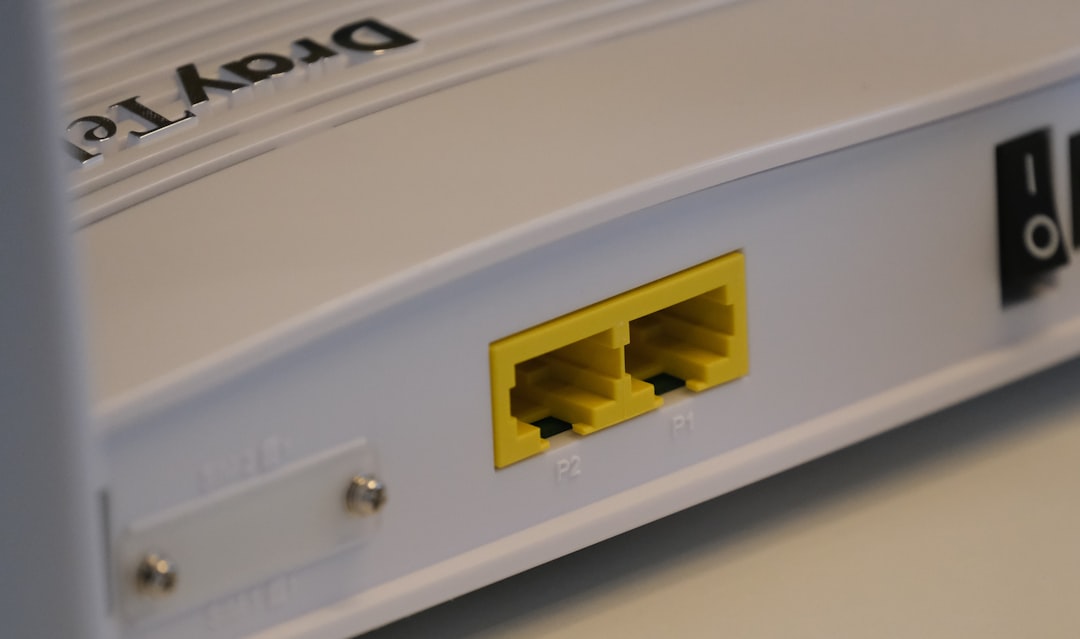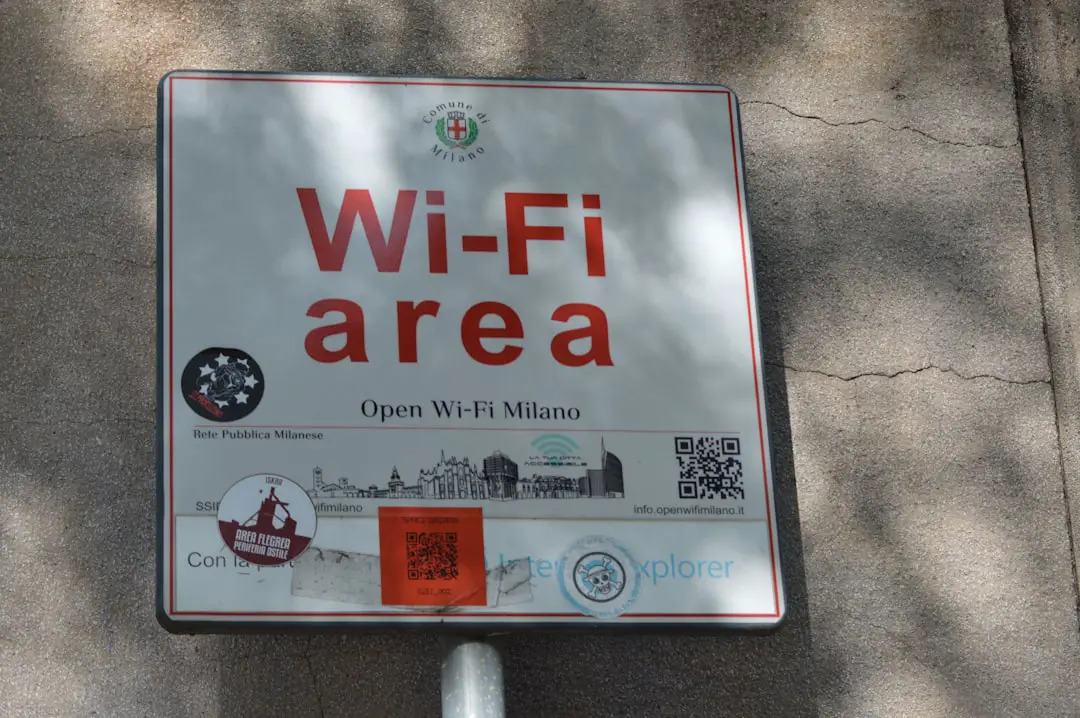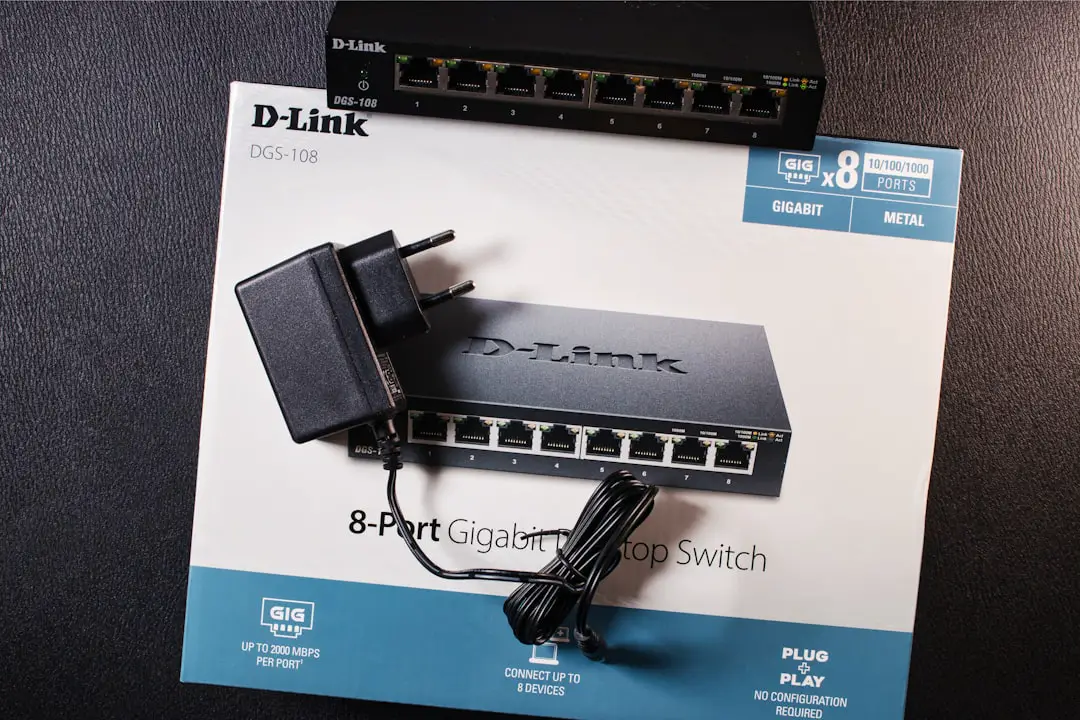In today’s digital world, most people rely on WiFi daily to connect to the internet. Whether streaming movies, sending emails, or playing online games, WiFi has become a cornerstone of modern connectivity. But despite its widespread use, many people still wonder: What does WiFi actually stand for? Is it an acronym, a brand name, or something else entirely? Understanding the full form and history of WiFi offers not only clarity but also a fascinating glimpse into the evolution of wireless technology.
What Does WiFi Stand For?
Contrary to popular belief, WiFi doesn’t actually stand for “Wireless Fidelity.” This is a common misconception. In fact, WiFi is a brand name created by a marketing company called Interbrand in 1999. The term was coined for the wireless networking standard known as IEEE 802.11. The goal was to create a catchy, consumer-friendly name that was easier to remember and market than the technical jargon “IEEE 802.11.”
The full form of WiFi is often mistakenly said to be “Wireless Fidelity,” similar to “Hi-Fi,” short for high fidelity. The similarity was intentional, as it helped create a sense of trust and familiarity among consumers. However, the creators of WiFi have clarified multiple times that the term was never meant to be an acronym and actually does not stand for anything at all.
The Origin of the Name “WiFi”
The term WiFi was created as a part of brand development when the Wireless Ethernet Compatibility Alliance, now called the Wi-Fi Alliance, was looking to promote the IEEE 802.11b standard. Interbrand was hired for the job, and they came up with “WiFi” as the brand name to gain greater adoption in the mainstream market.
As part of the branding effort, they coined the phrase “The Standard for Wireless Fidelity” to accompany the new logo. This slogan led to the common but incorrect belief that WiFi stands for Wireless Fidelity.
Thus, WiFi is a made-up word designed to be catchy, short, and easy to remember—it has no technical or acronymic meaning.
The History of WiFi Technology
The journey of WiFi as a wireless communication technology dates back several decades and involves a combination of military, academic, and commercial efforts. Here’s a quick look at the key milestones:
- 1971: The beginnings of wireless networking can be traced back to the ALOHAnet developed by the University of Hawaii. It was one of the first to use radio signals to transmit data wirelessly.
- 1991: NCR Corporation and AT&T partnered to create WaveLAN, a precursor to modern WiFi. It was designed for use in cash registers.
- 1997: The IEEE released the first WiFi standard, called IEEE 802.11, allowing for wireless data rates up to 2 Mbps.
- 1999: The IEEE 802.11b standard was established, offering data rates up to 11 Mbps. This year also marked the birth of the WiFi name and the Wi-Fi Alliance.
- 2003 and beyond: Subsequent improvements brought faster speeds and enhanced security with standards like 802.11g, 802.11n, 802.11ac, and most recently, 802.11ax (also known as WiFi 6).

The Role of the Wi-Fi Alliance
The Wi-Fi Alliance is a nonprofit organization that certifies WiFi products for interoperability and standard compliance. Devices carrying the official WiFi logo have passed stringent testing to ensure they can work with other certified devices.
The Alliance played a crucial role in popularizing WiFi by setting certification standards and encouraging broad industry adoption. Their seal made it easy for consumers to identify trusted products, helping WiFi become the global standard for wireless networking today.
How WiFi Changed the World
When WiFi first entered the consumer market, few could have imagined the impact it would have on everyday life. Now, WiFi is found in homes, schools, airports, restaurants, and virtually anywhere people need Internet access. Here are just a few of the ways it has transformed the world:
- Mobility: Users are no longer tethered to wired connections, allowing true freedom of movement.
- Cost Savings: Businesses save money on cabling, infrastructure, and maintenance.
- Innovation: WiFi has enabled the development of smart home devices, IoT applications, and remote work technologies.
- Accessibility: Educational tools and public resources have become more widely accessible through wireless networks.

Modern WiFi Standards
Over the years, WiFi technology has evolved significantly. The newer standards not only provide faster internet speeds but also improved reliability and security. Here’s a brief overview of the most common WiFi standards:
- 802.11b: Introduced in 1999, speeds up to 11 Mbps.
- 802.11g: Released in 2003, speeds up to 54 Mbps.
- 802.11n (WiFi 4): Launched in 2009, speeds up to 600 Mbps.
- 802.11ac (WiFi 5): Introduced in 2014, speeds over 1 Gbps.
- 802.11ax (WiFi 6): Released in 2019, faster speeds, better performance in crowded areas.
- WiFi 6E and WiFi 7 (in development): The next evolutionary steps offering increased bandwidth and lower latency.
The WiFi naming convention has recently been simplified by the Wi-Fi Alliance to make it easier for consumers. Instead of using technical IEEE numbers, names like WiFi 4, WiFi 5, and WiFi 6 are now used to represent generations of technology.
Conclusion
While many assume that WiFi must be an acronym, the truth is that it’s a marketing term with no technical abbreviation behind it. The name was chosen to make a complex technology more accessible to the general public. Over the last few decades, WiFi has changed how the world communicates, works, and shares information.
From its humble origins as a branding exercise to becoming a household necessity, WiFi has come a long way. And as the technology continues to evolve, it’s set to play an even more integral role in our increasingly connected world.
Frequently Asked Questions (FAQ)
-
Q: Does WiFi really stand for Wireless Fidelity?
A: No, WiFi does not stand for Wireless Fidelity. It is a coined term created for branding purposes and has no acronymic meaning. -
Q: Who invented WiFi?
A: WiFi technology was developed through the combined efforts of several engineers and companies, including NCR Corporation and AT&T. The IEEE 802.11 standard was formalized in 1997. -
Q: What is the Wi-Fi Alliance?
A: The Wi-Fi Alliance is a nonprofit organization that certifies WiFi products to ensure interoperability and quality across different devices and brands. -
Q: What are the current WiFi standards?
A: Current common standards include WiFi 4 (802.11n), WiFi 5 (802.11ac), and WiFi 6 (802.11ax). WiFi 6E and WiFi 7 are the next-generation technologies. -
Q: Is WiFi the same as the Internet?
A: No, WiFi is a way to connect to the internet wirelessly, but it is not the internet itself. It simply allows devices to access an existing internet connection. -
Q: Can WiFi work without the Internet?
A: Yes, devices on the same WiFi network can communicate with each other even if there is no internet, such as for file sharing or printer access.
